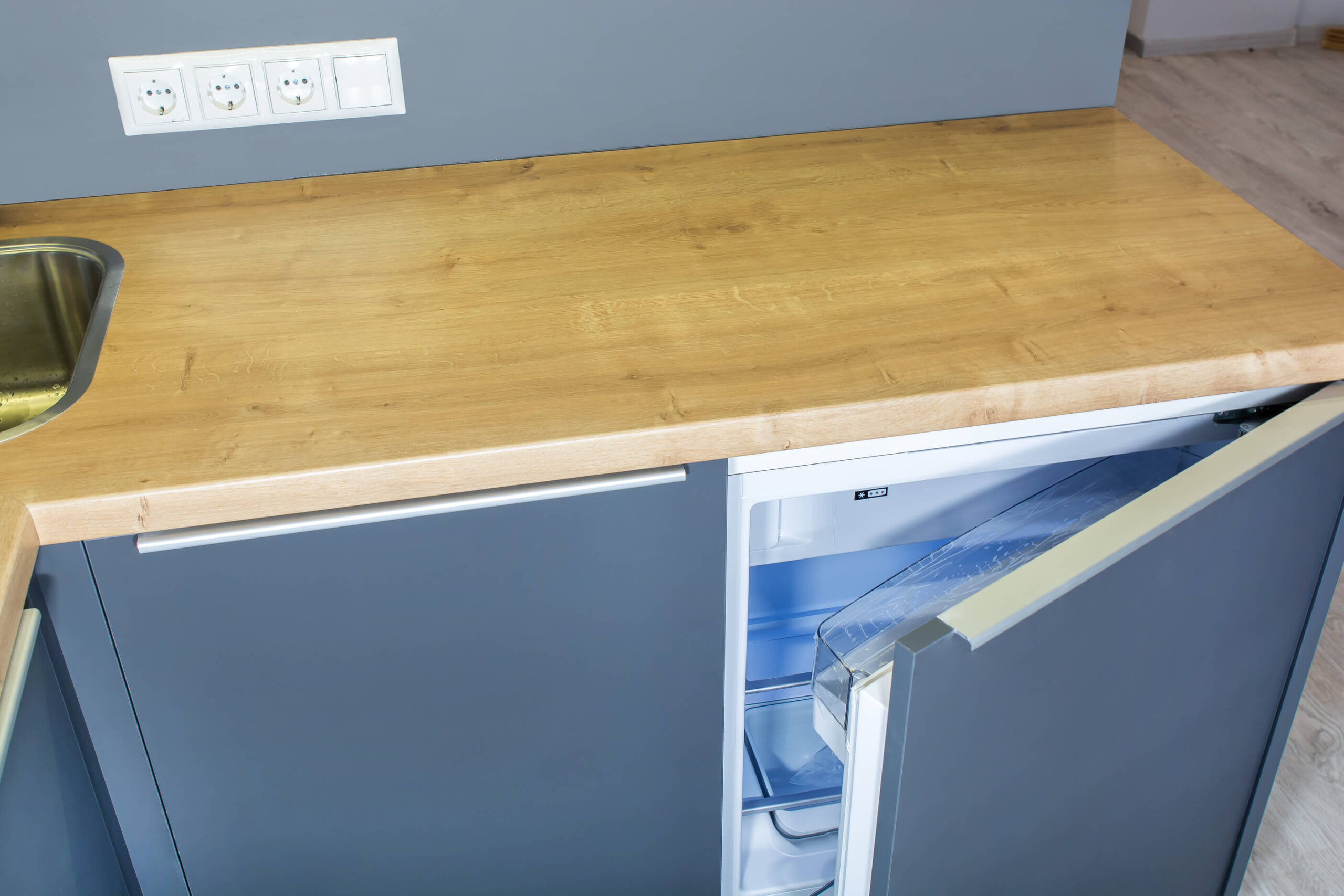At Wilshire Refrigeration & Appliance, we supply leading-brand refrigerators with the newest state-of-the-art features and functions. Our products include freezers, ice makers, and home automation connectivity. They cater to the needs of American kitchens, which are much different than what homeowners are accustomed to in Europe—where refrigerators are about half the size.

In fact, the average European refrigerator is the size of a beverage fridge you’d find in a U.S. dorm. An American fridge has about 17.5 cubic feet of volume, on average, which is the biggest in the world.
So, why are European refrigerators so small?
Although smaller fridges mean using less energy and paying less for utilities, culture plays a big role. Europeans tend to live in compact cities and towns where specialty food shops are present in every neighborhood. The traditional practice has been to shop a little every day. In Europe, people tend to pass by their local food shops for fruit and vegetables, cheese, butter, bread, etc., on their way home from work or a friend’s house. Food is available when needed, so why bother filling your fridge to the brink?
Smaller fridges also mean less trash. Garbage bins used by communities are often small. Waste items such as fruit peels, eggshells, and bones are thrown out in small plastic bags, compared to the jumbo garbage bags used in the U.S.
More compact refrigerators manage the balance of having enough vs. living in abundance. They require owners to plan ahead based on what they want to cook. Random overstocking is less likely, and people are more likely to make use of leftovers, while less water and electricity are used to run a refrigerator.
Differences Between American and European Kitchens
Smaller refrigerators aren’t the only difference between kitchens on either side of the Atlantic. However, kitchens in European homes are generally very small. This is one reason refrigerators are so compact. Kitchens there don’t often have the counter space or light that American kitchens do. It’s also not as common to store frozen foods in bulk; in fact, a kitchen isn’t even a place where Europeans gather to eat.
European households are more likely to eat together in separate dining rooms. A kitchen tends to include the bulk of home appliances, including washing machines. Even kitchen cabinets are different. In Europe, these are usually frameless in contrast to the framed cabinets Americans are used to.
Another stark difference is that, in the U.S., appliances are usually sold with houses. In Europe, especially Germany, previous owners take them, so you must buy all-new appliances when moving. That is unless you take the ones from your old home.
Households in the U.S. generally rely on the cold chain to receive food supplies from distance places. Driven by rapid urban population growth, long, complex cold chains require big refrigerators. You don’t typically get fruits, vegetables, meat, poultry, eggs, or milk directly from a farm. Large refrigerated shipping containers enable food to be brought in from other continents, and large household refrigerators reflect the opportunities enabled by this arrangement.
Factory-Certified Refrigerator Service and Replacement
Wilshire Refrigeration & Appliance, Inc. provides In-Warranty and Out-of-Warranty repair service for Sub-Zero refrigerators. Our factory-trained technicians can fix the latest products and install the latest high-tech appliances. From fans, gaskets, and switches to icemakers and water dispensers, our team can service all the parts that make up the modern American refrigerator. To request service, contact us online or call 800-427-3653.




